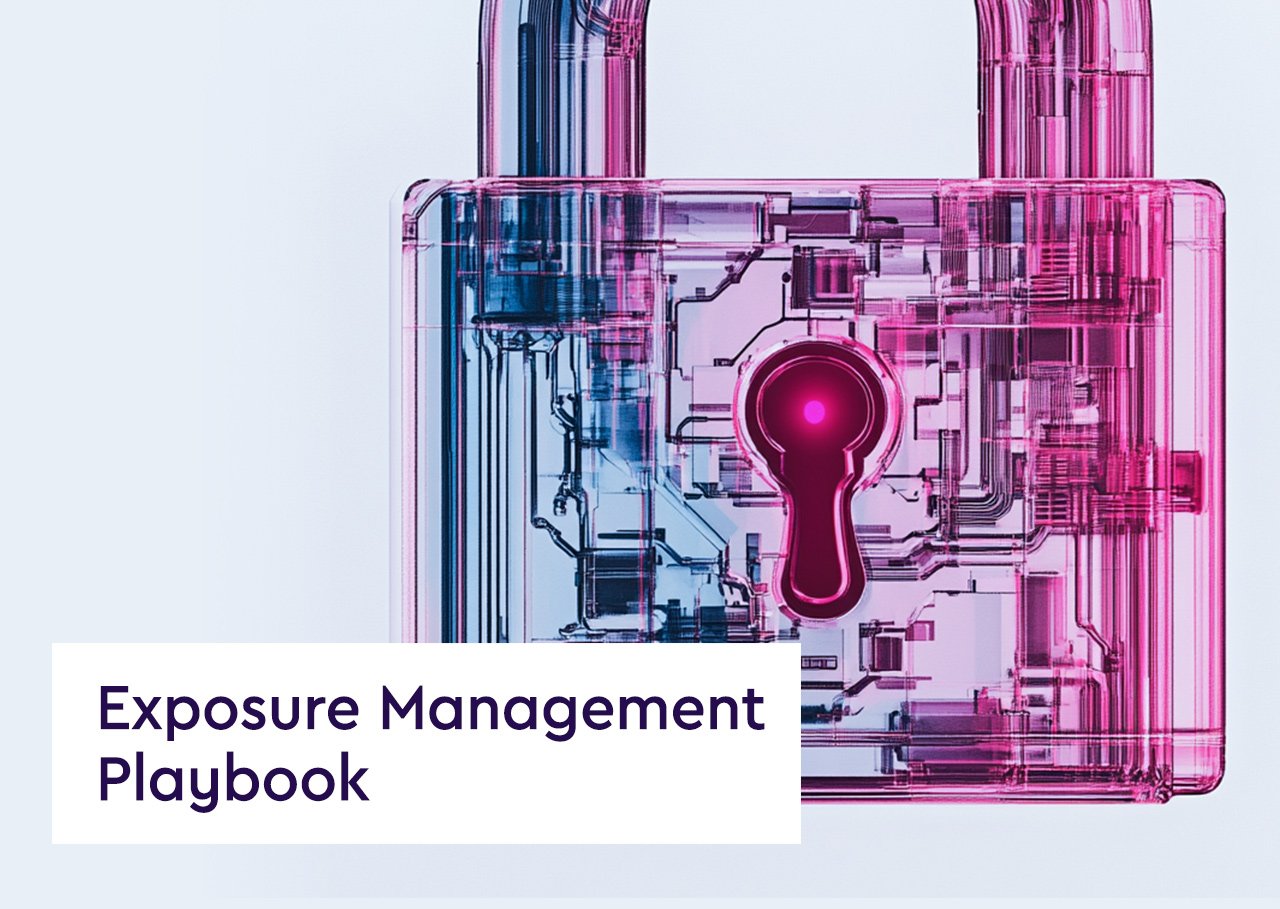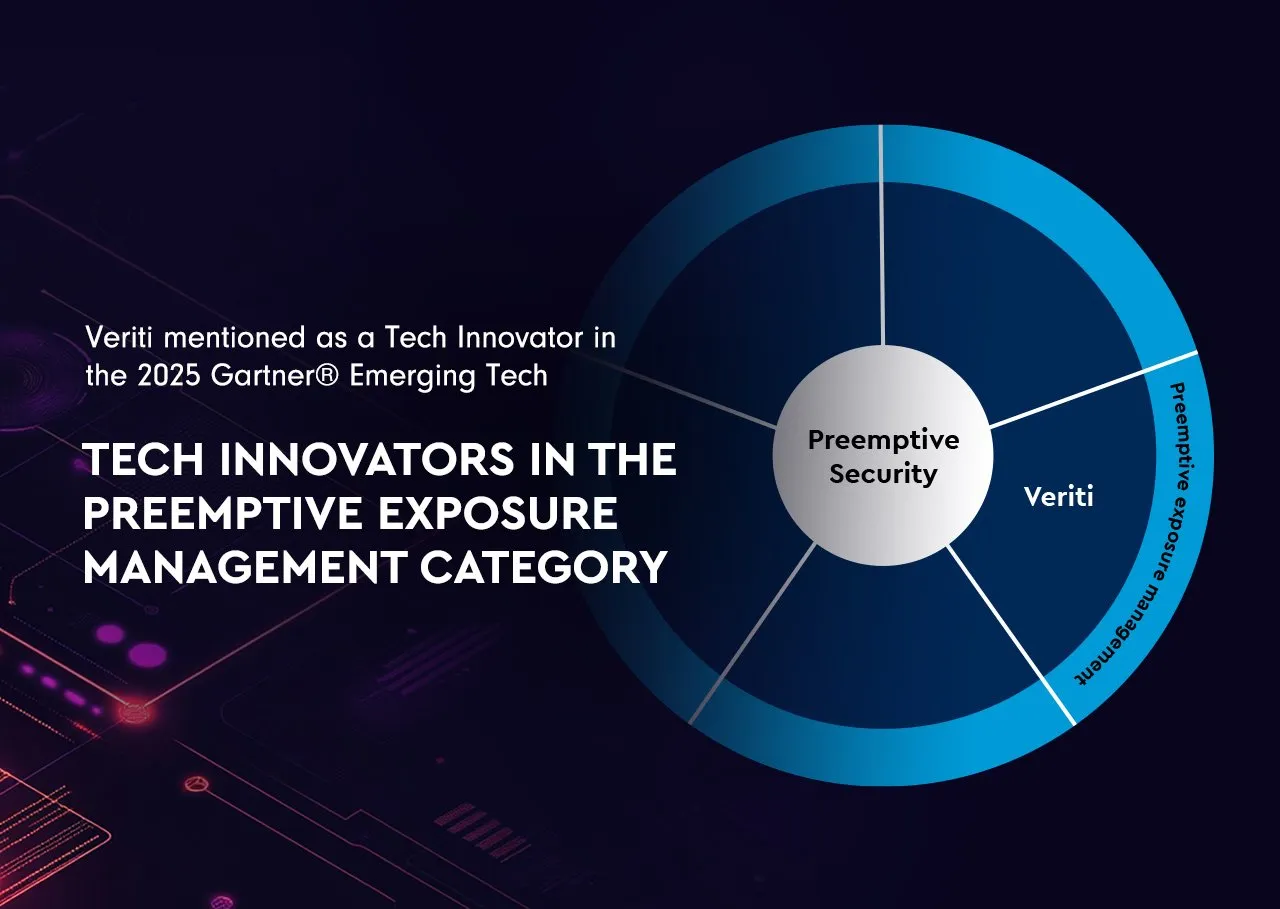Definition: Security Controls Optimization refers to the process of enhancing and fine-tuning the security measures and protocols within an organization to achieve maximum effectiveness and efficiency. This involves evaluating, adjusting, and potentially consolidating various cybersecurity controls, such as firewalls, access control mechanisms, intrusion detection systems, and data encryption, to ensure they are not only robust but also aligned with the organization’s specific security needs and business objectives.
Key Aspects of Security Controls Optimization:
- Assessment of Existing Controls: Evaluating current security measures to identify any gaps, redundancies, or inefficiencies.
- Alignment with Business Goals: Ensuring that security controls support and align with the broader goals and operations of the organization.
- Balance Between Security and Usability: Striking an optimal balance where security measures do not impede user productivity and business agility.
- Regular Review and Update: Continuously monitoring and updating security controls in response to evolving cyber threats and changing business requirements.
Importance of Security Controls Optimization:
- Enhanced Protection: Optimized controls provide stronger defense against cyber threats and security breaches.
- Resource Efficiency: Helps in utilizing security resources more effectively, avoiding unnecessary expenditure on redundant or ineffective controls.
- Compliance and Risk Management: Supports compliance with regulatory standards and improves overall risk management.
- Operational Efficiency: Streamlines security processes, making them more efficient and less intrusive to business operations.
Best Practices for Security Controls Optimization:
- Holistic Approach: Taking a comprehensive view of the security landscape, including both technological and human factors.
- Data-Driven Decision Making: Utilizing security analytics and threat intelligence to inform decisions about control optimization.
- Stakeholder Involvement: Engaging various stakeholders, including IT, security, and business units, for a well-rounded perspective.
- Continuous Improvement: Regularly revisiting and refining security controls as part of an ongoing security management process.
Security Controls Optimization is a critical endeavor in the realm of cybersecurity, focusing on enhancing the effectiveness and efficiency of security measures. By carefully evaluating and adjusting security controls, organizations can ensure robust protection against threats while supporting their business objectives and operational needs.




